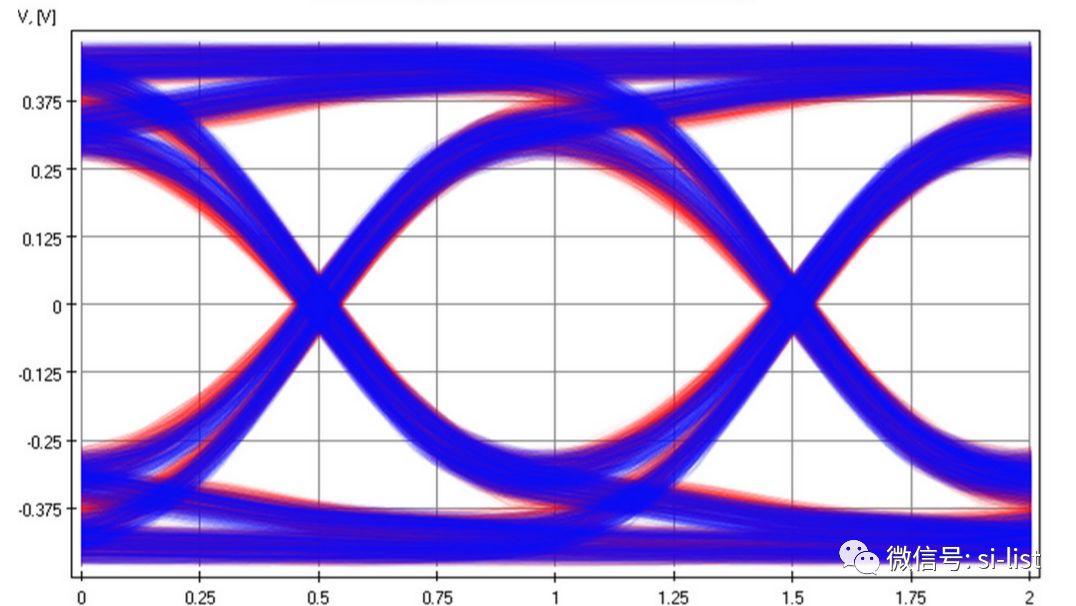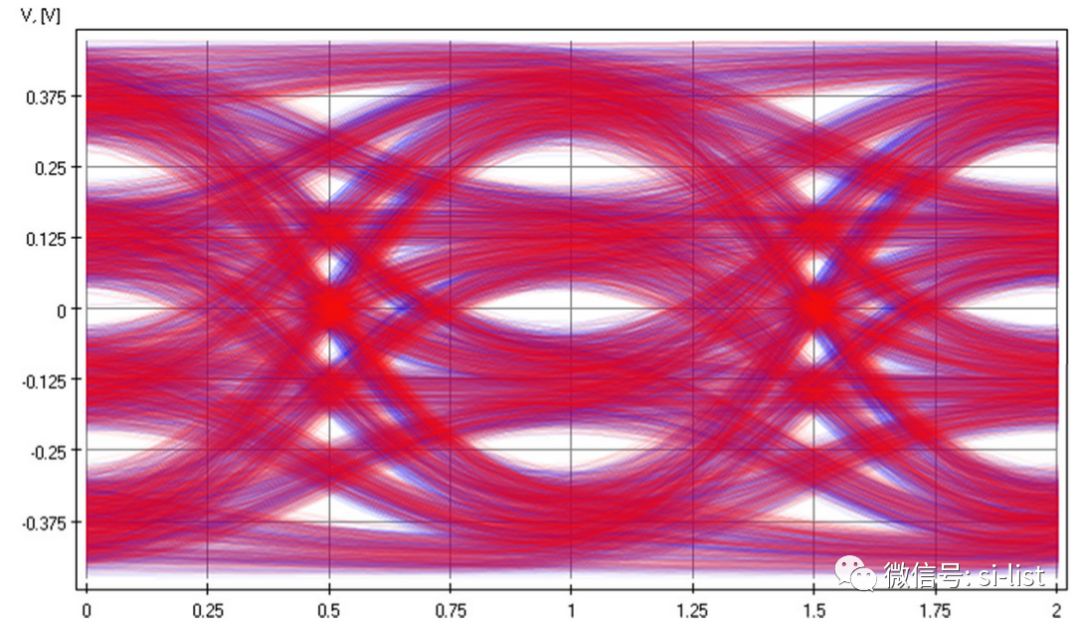Foreword
The coding of communication lines is like the packaging of goods. The purpose of goods packaging is to make goods more suitable for transportation, and not to be damaged during transportation. Similarly, the purpose of line coding is to make the encoded binary data more suitable for line transmission.
Encoding classification of the physical layer:
One type is related to physical media. The commonly used optical interface patterns are NRZ and NRZI; the electrical interface patterns are HDB3, BnZS, CMI, Manchester, and MLT-3.
The other type is independent of physical media, such as 4B/5B encoding for 100M Ethernet, 8B/10B encoding for Gigabit Ethernet, and 64B/66B encoding for 10Gb Ethernet. This article is no longer described.
Physical media related coding is as follows
NRZ code:
NRZ is Non-Return to Zero Code, non-return to zero code, optical interface STM-NO, 1000Base-SX, 1000Base-LX use this pattern. NRZ is a very simple coding method. It uses the 0 and 1 bits of 0 potential and 1 point respectively to binary, and the rate is constant after encoding. It has obvious DC components and is not suitable for electrical interface transmission.

NRZI code:
NRZI is Non-Return to Zero Inverted, non-return to zero inversion code, optical interface 100Base-FX uses this pattern. The encoding does not change the signal rate. NRZI encoding rule: 1). If the next input binary bit is "1", the next encoded level is the level after the current level transition; 2). If the next input binary bit is "0" , the encoded level is consistent with the current one.
Both NRZ and NRZI are unipolar codes, that is, they have only positive and zero levels, and there is no negative level. Therefore, there are many DC components in the NRZ and NRZI codes, which are not suitable for circuit transmission, and the NRZ and NRZI codes themselves cannot guarantee the signal. Does not include long connection "0" or long connection "1", which is not conducive to clock recovery.

MLT-3 code
MLT-3 is Multi-Level Transmit -3, multi-level transmission code, MLT-3 code and NRZI code are a little type, its characteristics are all "1" hopping, every "0" remains unchanged, and not encoded after encoding Change the signal rate. If the NRZI code is different, MLT-3 is a bipolar code with three levels of "-1", "0", and "1". After encoding, the DC component is greatly reduced, and circuit transmission can be performed. 100Base-TX is adopted. This pattern. MLT-3 encoding rules: 1). If the next input is "0", the level remains unchanged; 2). If the next input is "1", a transition occurs, and then there are two cases. (a). If the previous output is "+1" or "-1", the next output is "0"; (b). If the previous output is not "0", its signal polarity and the most recent one are not "0". "in contrast.
AMI code
AMI is Alternate Mark Inversion, signal alternate code, typical bipolar code, AMI type code has HDB3, B3ZS, B8ZS and so on. AMI encoding rule: The input "0" is still 0, and the input "1" is alternately converted to +1, -1. The AMI code is shown below:

The AMI can guarantee that there is no DC component after encoding, but the AMI itself cannot maintain the "0" and the long connection "1". This appears HDB3, B3ZS, B8ZS, these three codes successfully compensated for this defect of AMI code.
HDB3 code
HDB3 is High Density Bipolar of order 3 code, third-order high-density bipolar code.
Encoding rules: 1). When there are no more than four "0" strings in the original code, the AMI code is the HDB3 code. 2). When more than four "0" strings appear, the fourth "0" is changed to a symbol with the same polarity as the previous one other than "0". Since this symbol destroys the rule of alternating polarity reversal, It is therefore called a vanishing symbol, represented by a V symbol (+1 is +V, -1 is -V), and adjacent V symbols also need to alternate in polarity. 3). When there are an odd number of non-"0" between the V symbols, it can satisfy the alternation. If it is an even number, it cannot be satisfied. Then the first "0" of the small segment is changed to "+B" or "-B", the B symbol is opposite to the previous non-"0" symbol, and causes the following non-"0" symbols to alternate from the V symbol. The HDB3 code is shown below:

For a better way to remember: when the original code of the two V codes is not "0", the number is 000V instead of 0000. When it is even, use B00V instead of 0000. After B00V, the original polarity code must be The V code has the opposite polarity. As shown below:

B3ZS code
B3ZS is Bipolar with three-zero substitution, third-order bipolar code, and T3 line uses this code. The encoding rules are the same as HDB3, except that the number of "0"s allowed to be encoded can be reduced from three to two in HDB3. The B3ZS code is as follows:

B8ZS code
B8ZS is Bipolar with eigth-zero substitution, if there are no 8 or more "0" strings in the source code, then the AMI code is the B8ZS code, if there are 8 or more with "0" Replace 8 "0"s with "000VB0VB", and the other rules are the same as HDB3 codes. This code is used for the T1 line. As follows:

CMI code
CMI is Code Mark Inversion, signal inversion code. Coding rules: The input "1" is alternately represented by -1 and +1, and the "0" is represented by a transition from -1 to +1, that is, a rising edge. The E4 and SMT-1e lines use this code, and the signal rate is increased after encoding. In fact, the bandwidth is exchanged for transmission characteristics. As shown below:

Manchester code
The change from level +1 to -1 indicates "0", and the change from level -1 to +1 indicates "1". The coding efficiency is low, only 50%. Like CMI, bandwidth is exchanged for transmission characteristics. , 10Base-T uses this encoding.
As shown below:

Various link and pattern correspondence tables:

REMOTE CONTROL SOCKET
Important Safeguards
When using any electrical appliance, in order to reduce the risk of fire, electric shock and/or injury to persons, basic safety precautions should always be follow8d. including:
• The appliance is for household and indoor use only.
• Before plugging in. check that the voitage on the rating label is the same as the mains supply.
• To protect against electric shock, do not immerse any part of the product in water or other liquid.
• This socket is intended for use by competent adults only and children should be supervised at all times.
• Do not use the socket for other than its intended use.
• This socket can be used by children aged from 8 years arxl above and persons with reduced physical, sensory or mental capabilities or lack of experience and knowledge if they have been given supervision or instruction concerning use of the appliance in a safe way and understand the hazards involved. Children shall not p<ay with the appliance Cleaning and user maintenance shall M be made by children without supervision.
• Children of less than 3 years should be kept away unless continuously supervised.
Children from 3 years and less than 8 years shall only switch on/off the appliance provided that it has been placed or installed in its intended normal operating position and they have been supervision or instruction concerning use of the appliance in a safe way and understand the hazards involved. Children aged from 3 years and less than 8 years shall not plug in. regulate and clean the appliance or perform user maintenance.
• Don't use this socket in the immediate surroundings of a bath, a shower or a swimming pool.
• In case of malfunction, do not try to repair the socket yourself, it may result in a fire hazard or electric shock
Do Not Exceed Maximum a680W
Place the LR44 batteries provided into the compartment in the back of the Remote Control, please insert as sho*/m in the back of the compartment to ensure the polarity is correct.
Programming Instructions
• Plug the Remoce Socket$($)lnto the wall socket(s) and switch on the mams supply, the red LED will flash every second.
• If the LED is not flashing press & hold the manual ON/OFF button for 5 seconds until it Hashes
•Press any ON switch on the Remote Control for approximately 2 seconds and the Remote Socket(s) learn the code. The LED will stop flashing top confirm the codehas been accepted.
• Any number of Remote Sockets can be programmed to one Remote Control ON button to create multiple switching.
• To programme o<her Remote Sockets on different Remote Control ON buttons repeat the prevous steps
• If the mains supply is turned off the Remote Sockets v/ill lose their code and it wil be necessary to re-pcogramme.
Operation:
• Plug your appliance(s) into the Remote Socket(s)
• Press the programmed ON or OFF button on the Remote Control to control the Remote Socket.
♦ The Remote Sockets can also be operated manually using its ON/OFF Button Trouble shooting
If a Remote Socket does not react to the Remote Control please check the followng:
♦ Low battery in tbo Remote Control
• Distance too large between the remote control and the recerver (ensure the range distance is no more than 20 clear Metres) and free from obstacle that may reduce the distance.
• If programming has not been successful, tum the power off and back on then follow the programming steps above.
How to decode
• Press the manual ONX)FF button for 5 seconds until the red LED flashes once per
second to confirm de-coding is successful
♦ Press the ALL OFF switch on the Remote Control for more than 3 seconds, the LED
flashes once per second to confirm (decoding successful.
Voltage: 240V-/50HZ
Max power rating: 3680W max.
Remote frequency:
Remote range:
Battery Type:
433.92MHz
230 Metres
Button Cell 2x1.5V LR44 =
Please check with your local waste management service authority regarding regulations for the safe disposal of the batteries. The batteries should never be placed G municipal waste.
Use a battery d^posal facility if available
M
For eioctncal products sold within the European Community. At the end of the electrical products useful life, it should not be disposed of wth household waste. Please recycle faaMies exist. Check with your Local Authonty or retailer for recycling advice.
C€
Remote Control Electrical Outlets,Remote Control Outlet,Remote Controlled Power Socket,Wireless Remote Control Outlet,Mini Wireless Remote Control Outlet,Wireless Remote Power Switch
NINGBO COWELL ELECTRONICS & TECHNOLOGY CO., LTD , https://www.cowellsockets.com